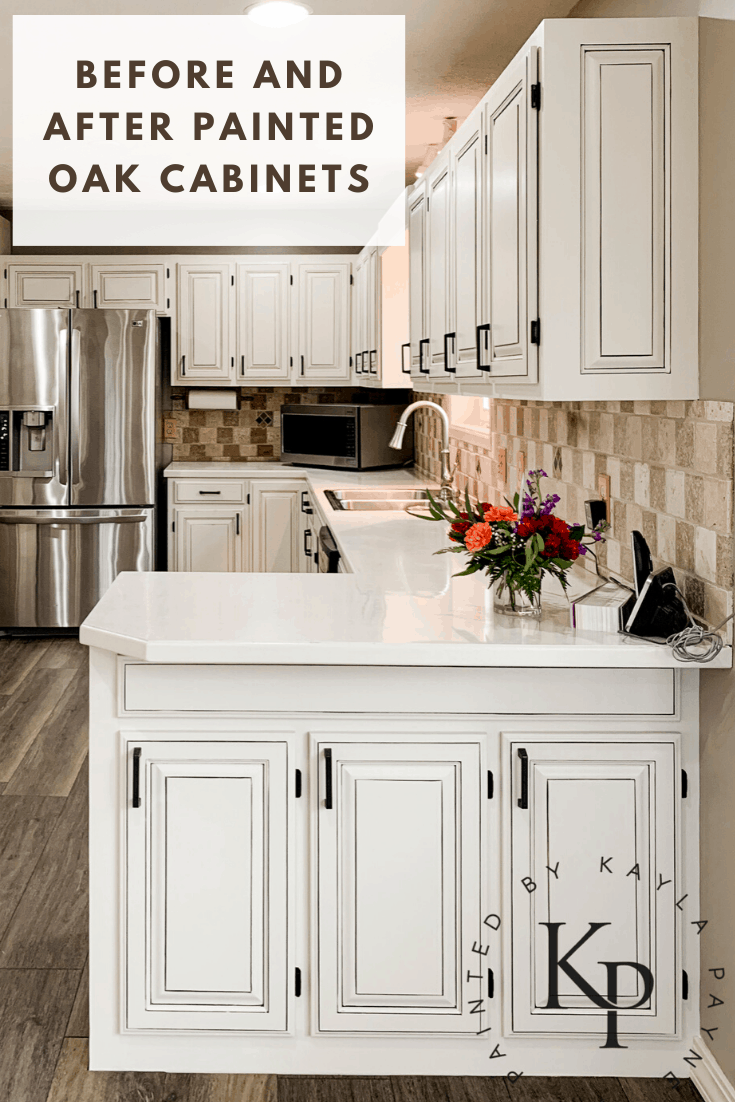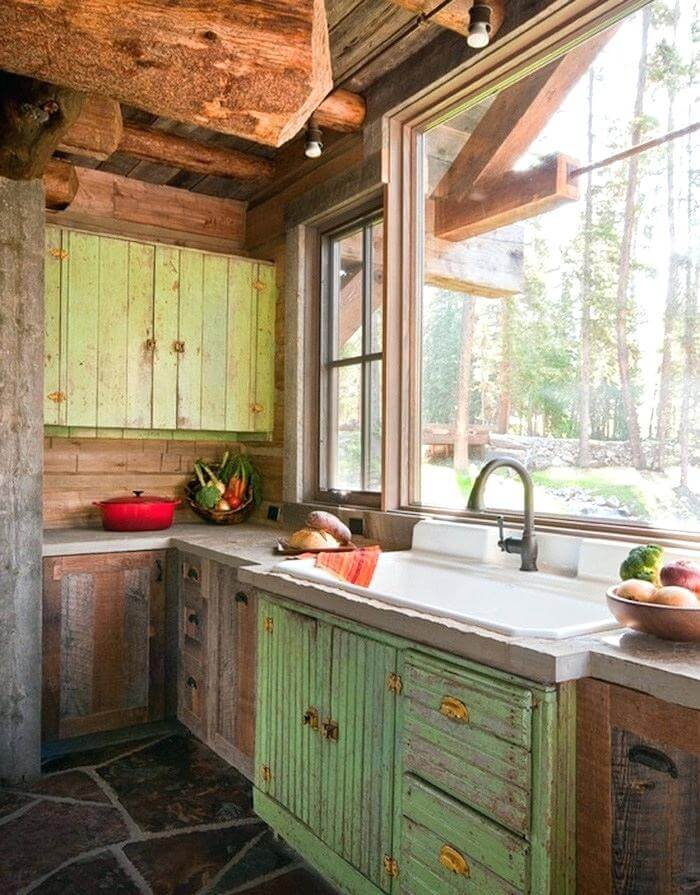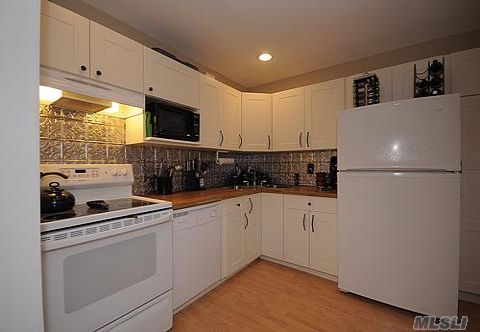Updating the look of your kitchen can be a rewarding and cost-effective project, and one way to achieve a fresh, modern appearance is by whitewashing your kitchen cabinets. DIY whitewashing offers a unique way to revitalize your space without the need for a complete cabinet overhaul. Before diving into the process, it’s essential to understand the steps involved, the materials required, and some tips to ensure a successful outcome.
Begin by preparing your kitchen cabinets for whitewashing. This involves removing all hardware, such as handles and hinges, and thoroughly cleaning the surfaces. Use a mild detergent and water solution to remove grease, grime, and any existing finish. Allow the cabinets to dry completely before proceeding to the next steps.
Choosing the right whitewashing technique is crucial for achieving the desired result. One popular method involves creating a whitewash mixture using equal parts water and white latex paint. This mixture allows the wood grain to show through, providing a rustic and weathered look. Another option is to use a pickling stain, which is a semi-transparent finish that lightens the natural color of the wood.

Before applying the whitewash, it’s advisable to test the mixture on a small, inconspicuous area of one cabinet to ensure it produces the desired effect. This step helps you adjust the mixture if needed before committing to the entire project.
When you’re ready to begin whitewashing, use a paintbrush or rag to apply the mixture evenly across the cabinet surfaces. Work in small sections to prevent the whitewash from drying before you can blend it. After applying the mixture, use a clean, dry cloth to wipe away excess whitewash, allowing the wood grain to show through.
For a more distressed look, consider using sandpaper to gently rub certain areas of the cabinets after the whitewash has dried. This technique adds character and enhances the vintage appeal of your kitchen cabinets. Be mindful not to over-sand, as it may compromise the structural integrity of the wood.

Sealing the whitewashed cabinets is a crucial step to protect the finish and ensure longevity. Consider using a clear polyurethane sealant to provide a durable and water-resistant coating. Apply the sealant with a brush or roller, following the manufacturer’s instructions for drying time and additional coats if necessary.
The choice of hardware can significantly impact the overall aesthetic of your whitewashed cabinets. Opt for handles and hinges that complement the new finish, whether you prefer a modern or traditional look. This simple change can enhance the cohesive design of your kitchen.
Maintaining whitewashed kitchen cabinets is relatively easy. Regular cleaning with a mild detergent and water solution will help preserve the finish and remove any accumulated dust or grime. Avoid using harsh chemicals or abrasive cleaners that may damage the whitewash.

Whitewashing is not limited to wooden cabinets; it can also be applied to other surfaces, such as brick or stone. This versatility allows you to create a cohesive and harmonious design throughout your kitchen space.
If you’re concerned about the environmental impact of your DIY project, explore eco-friendly paint options. Many manufacturers offer low-VOC or VOC-free paints, which contribute to better indoor air quality and reduce harm to the environment.
Before starting your whitewashing project, take the time to plan and visualize the desired outcome. Consider the existing color palette of your kitchen, as well as your personal style preferences. This thoughtful approach will help you achieve a cohesive and visually appealing result.
DIY projects are an excellent way to add a personal touch to your home, and whitewashing kitchen cabinets is no exception. The satisfaction of transforming your space with your own hands is unmatched, and the cost savings compared to professional cabinet replacements make it a budget-friendly option.
While whitewashing can give your kitchen a fresh and updated look, it’s important to keep in mind that trends may change over time. Choose a style that aligns with your long-term preferences to ensure that your DIY efforts stand the test of time.
Whitewashing kitchen cabinets is a DIY project that offers a budget-friendly way to refresh the look of your kitchen. From preparation to application and maintenance, following the right steps is essential for a successful outcome. Whether you prefer a rustic farmhouse style or a more modern aesthetic, whitewashing allows for creative expression and customization. Take the time to plan, test, and execute the project with care, and you’ll enjoy the fruits of your labor for years to come.

Touch Up Whitewash Kitchen Cabinets – 137 best images about DIY Kitchen Cabinets on Pinterest

Traditional Whitewash Kitchen Cabinets – from Kitchen-Design-Ideas.org DIY Pinterest

These white washed kitchen cabinets had years worth of greasy build-up. But you couldn’t tell

Before and after painted oak cabinets (1) – Painted by Kayla Payne

White Wash Kitchen Cabinets Kitchen Design Ideas Pinterest Kitchen cabinets decor, Cabinet

Rustic Vintage Kitchen Cabinets Inspiring Rustic Kitchen And Dining Room Designs – CueThat

Cream Cabinets with Black Granite – Kitchen Decorating Ideas

Show me your kitchens with white or white wash cabinets

Related Posts:
- Kitchen Cabinet Bumper Pads
- Cabinet Hardware Kitchener
- Update Laminate Kitchen Cabinets
- Cost Of Kraftmaid Kitchen Cabinets
- Retro Kitchen Cabinet Handles
- How To Clean Oil From Kitchen Cabinets
- Kitchen Cabinets Evansville In
- How To Antique White Kitchen Cabinets
- Average Depth Of Upper Kitchen Cabinets
- Pull Out Inserts For Kitchen Cabinets